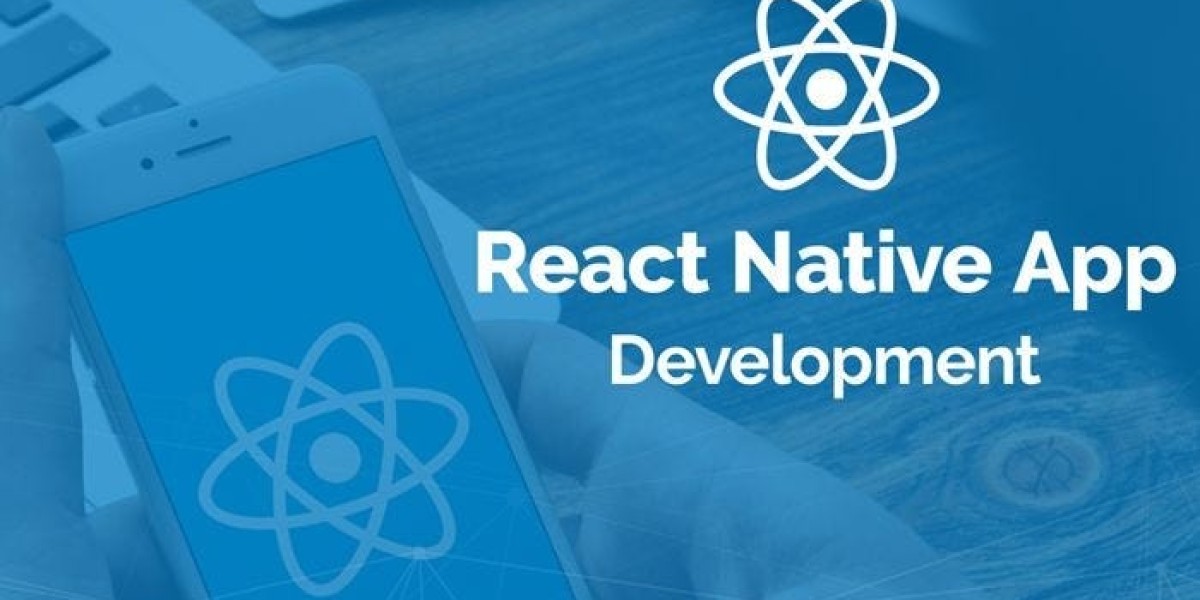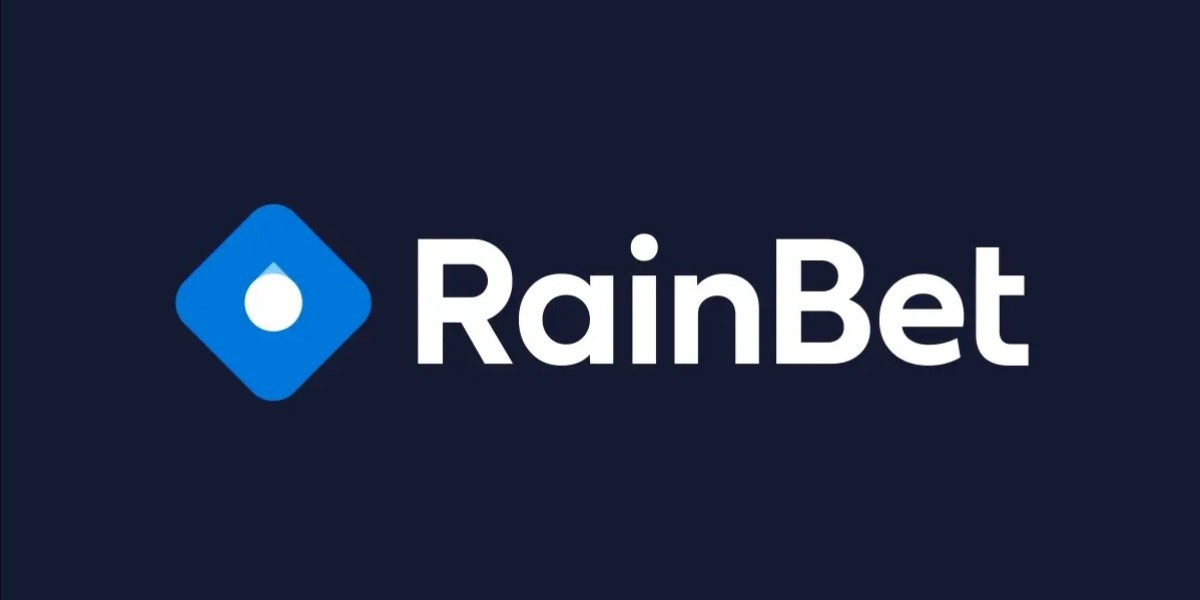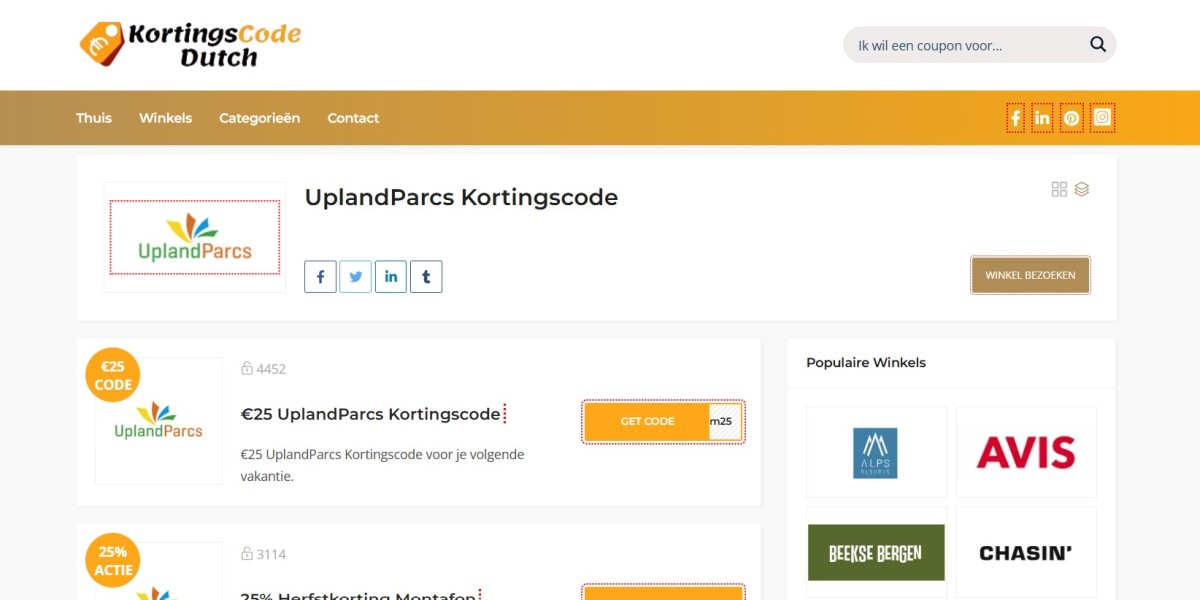Introduction
In mobile app development, the methodology a company follows can make the difference between a successful launch and a failed project. For businesses investing in cross-platform apps, choosing a React Native app development company that adopts Agile methodology can streamline delivery, improve quality, and reduce risks. Agile isn’t just a buzzword—it’s a proven approach that emphasizes collaboration, adaptability, and continuous improvement.
This blog explains why Agile methodology matters in React Native development, how companies apply it, and what benefits clients can expect.
What is Agile in App Development?
Agile is a software development methodology built on iteration, flexibility, and customer collaboration. Instead of following a rigid plan, Agile focuses on breaking down projects into manageable phases called sprints. Each sprint delivers working features, ensuring faster progress and continuous feedback.
For a React Native app development company, Agile ensures cross-platform apps are not only built quickly but also refined in real time to match user expectations and business needs.
Why Agile Matters in React Native Development
React Native is already known for its ability to create apps for iOS and Android with a single codebase. When paired with Agile, it delivers additional benefits:
Faster time-to-market: Iterative sprints allow apps to launch quicker.
Flexibility: Features can be added, updated, or removed based on client feedback.
Reduced risks: Early testing and constant updates minimize bugs and costly errors.
Customer involvement: Clients stay in the loop with regular demos and progress reports.
This combination makes Agile the perfect match for React Native app development services.
The Agile Process in a React Native App Development Company
1. Discovery and Planning
The process starts with understanding the client’s vision, target audience, and goals. Agile teams define epics (large project goals) and break them into user stories (smaller, actionable tasks).
For example, instead of planning “build an e-commerce app,” the task becomes “enable users to add products to a cart.” This breakdown ensures clarity and faster execution.
2. Sprint Planning
A sprint usually lasts 1–2 weeks. During sprint planning, developers, designers, and QA engineers agree on which user stories to deliver. The client is also part of this planning, ensuring priorities align with business needs.
In a React Native app development company, sprint planning may include:
Setting up app navigation.
Designing initial UI screens.
Developing core functionality like login or product search.
3. Development and Continuous Integration
Developers write modular code, focusing on clean and reusable components in React Native. With continuous integration (CI) tools, every code update is tested automatically. This reduces bugs and speeds up deployment.
For instance, if a feature like “real-time chat” is being built, it is integrated and tested within the same sprint rather than waiting until the end of the project.
4. Testing and Quality Assurance
Agile ensures testing isn’t left for the final stage. Each sprint includes unit tests, integration tests, and usability checks. QA specialists verify that every feature works seamlessly across both iOS and Android.
A top React Native app development company also conducts performance testing to ensure the app runs smoothly even under heavy user loads.
5. Sprint Review and Client Feedback
At the end of each sprint, the team presents a working demo to the client. This allows stakeholders to test the new features and provide feedback.
For example, if the navigation feels slow or the design doesn’t match brand guidelines, adjustments can be made in the next sprint.
6. Retrospective and Improvement
After every sprint, the team conducts a retrospective meeting to identify what went well and what can be improved. This cycle of reflection keeps the development process efficient and adaptable.
Real-World Example of Agile in React Native Development
Imagine a startup launching a food delivery app. With Agile and React Native, the company could:
Release a basic version with restaurant listings and ordering in the first few sprints.
Add advanced features like live order tracking or AI-based recommendations in later sprints.
Gather real-world feedback from users after each update.
This approach saves time, reduces costs, and ensures the app aligns with customer needs.
Benefits of Agile for Clients
Transparency
Clients know what is being built and can track progress through sprint reviews.Cost Control
Because the project is broken into smaller tasks, it’s easier to manage budgets and prevent scope creep.Early ROI
Businesses can release a Minimum Viable Product (MVP) early, start acquiring users, and generate returns before the app is fully complete.Higher Quality
Continuous testing and client involvement mean fewer bugs and better user experiences.
Mistakes to Avoid in Agile React Native Development
Even Agile projects can face challenges. Here are common mistakes:
Ignoring retrospectives: Skipping improvements leads to repeating the same mistakes.
Poor sprint planning: Overloading teams with too many tasks reduces quality.
Lack of client involvement: Agile requires constant communication; otherwise, the app may drift from business goals.
Skipping testing: Some companies rush features without proper QA, leading to unstable apps.
Choosing an experienced React Native app development company helps avoid these pitfalls.
Tips for Choosing the Right React Native App Development Company
When evaluating companies, ensure they:
Use Agile methodology with clear sprint cycles.
Provide transparent reporting and demos.
Have a track record of successful cross-platform projects.
Focus on code quality and scalability.
Offer end-to-end React Native app development services, from strategy to deployment.
Conclusion
Agile methodology is more than just a development framework—it’s a way to ensure apps are built faster, smarter, and with higher quality. A skilled React Native app development company that follows Agile delivers not just apps, but measurable business results.
By combining React Native’s cross-platform efficiency with Agile’s adaptability, businesses gain apps that are flexible, scalable, and aligned with their goals. Whether you’re a startup building an MVP or an enterprise scaling operations, choosing a partner with Agile expertise ensures success








